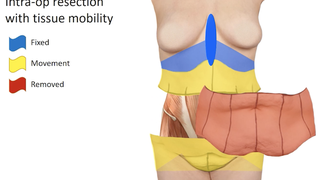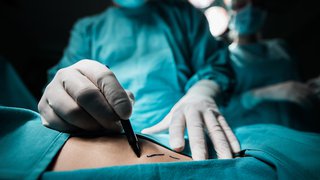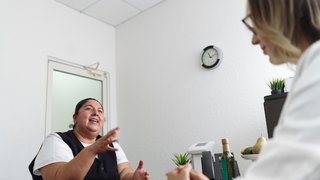Contouring the Body After Weight Loss
Our plastic surgery team is internationally recognized for delivering outstanding clinical care and conducting groundbreaking research in this area.
The types of plastic surgery procedures needed after losing a significant amount of weight depend on the patient and can include an abdominoplasty (tummy tuck) or belt lipectomy to remove excessive skin and tissue around the waist, breast surgery to eliminate sagging or volume loss, arm-lifts or thigh-lifts to remove excess or sagging skin, and other procedures.
Plastic Surgery After Weight Loss: What to Expect
It’s important for patients to be close to their goal weight before surgery. Maintaining a steady weight for at least three to six months before having this type of surgery is a major consideration. We can also perform specialized nutrition lab testing to select and optimize candidates to decrease postoperative risks.
Our first step in working with patients in Dallas and Frisco is to discuss their expectations and provide information about what can be offered through surgery. We then tailor procedures based on their objectives, anatomical needs, and overall health. Recommendations can include options to target one or more problem areas on the body such as the face, neck, arms, abdomen, back, buttocks, or thighs.
Patients who have lost massive amounts of weight will need adequate nutritional support prior to any surgery because key wound-healing nutrients can be low in this population. We have specialists who can provide this support and help our patients optimize their weight prior to surgery.
General anesthesia is required for these surgical procedures, and they sometimes require observation overnight in the hospital. Recovery time varies, depending on which procedure or procedures are performed. Our team guides the patient through the expectations and is there to assist during the postoperative period.
With proper diet and exercise, results from body-contouring and cosmetic surgery procedures after massive weight loss can be life changing for our patients. Patients can gain the freedom to wear better-fitting clothing, participate in activities they were previously unable to, and increase their self-confidence so they can reach their full potential in life.











